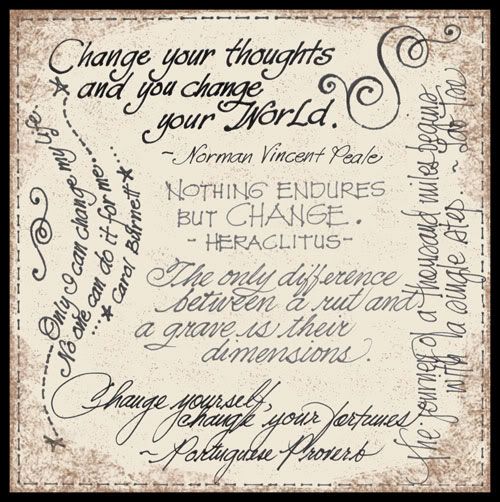
It is a common affliction: the dread over one's handwriting on a scrapbook page. Many believe their handwriting are just atrocious, that they don't deserve to be recorded for posterity. I'll tell you what: the less you use it, the more uncomfortable you'd be with it in the long run. So, practice is the only answer.
One of the things I love about old documents are the handwriting of the officials who prepared them. The seeming uniformity of the angle by which the letters lean to; the size and shape of each character; the clever use of either a fountain pen or a ballpoint pen; and of course, I love, love the fluorishes for the capital letters and the final letters of a line or sentence. They are simply beautiful! But you know, if you look at them very closely, they are far from perfect. And that fact makes them one. Granted, they had no choice because there's no computer back then and, therefore, they had more practice with it.
This tip is for those who want to improve their handwriting and have that personal touch on their journals or scrapbooks. This is not really for those who want to be a professional calligrapher, because honestly, I don't know how to teach it.
First tip is to work on the slant of your letters. No matter how weird you think your letters look, if you have a seemingly uniform angle for your words, sentences or paragraphs, they'd look smashingly awesome! A cheat suggestion: instead of just lined paper you use as guidelines at the back of your writing surface, try adding diagonal lines (about 45 degrees) that run from end to end. Or lines perpendicular to your guidelines, however you'd like it to be. Follow that angle when you write and when you get the hang of it, try to write faster. The slower you write, the wobblier your lines are. The faster your strokes are, the better they look.
This won't happen overnight, I'm telling you now. So, if you really want it, try to be patient. Part that makes a beautiful handwriting is the confidence by which you do it and that only comes with constant practice. Like all skills, it requires practice, practice, practice. Remember also, that it is HANDwriting. It doesn't have to be 'perfect' like our computer fonts.
Your handwriting is part of the story you're telling in your journal or scrapbook. I certainly believe that it is a story on its own.
Till next time!
"Oh, The Dread That's My Handwriting!"
Posted by
Ilyn Florese-Alanguilan
27 August 2009
Tags: calligraphy , handwriting , tips

0 comments:
Post a Comment